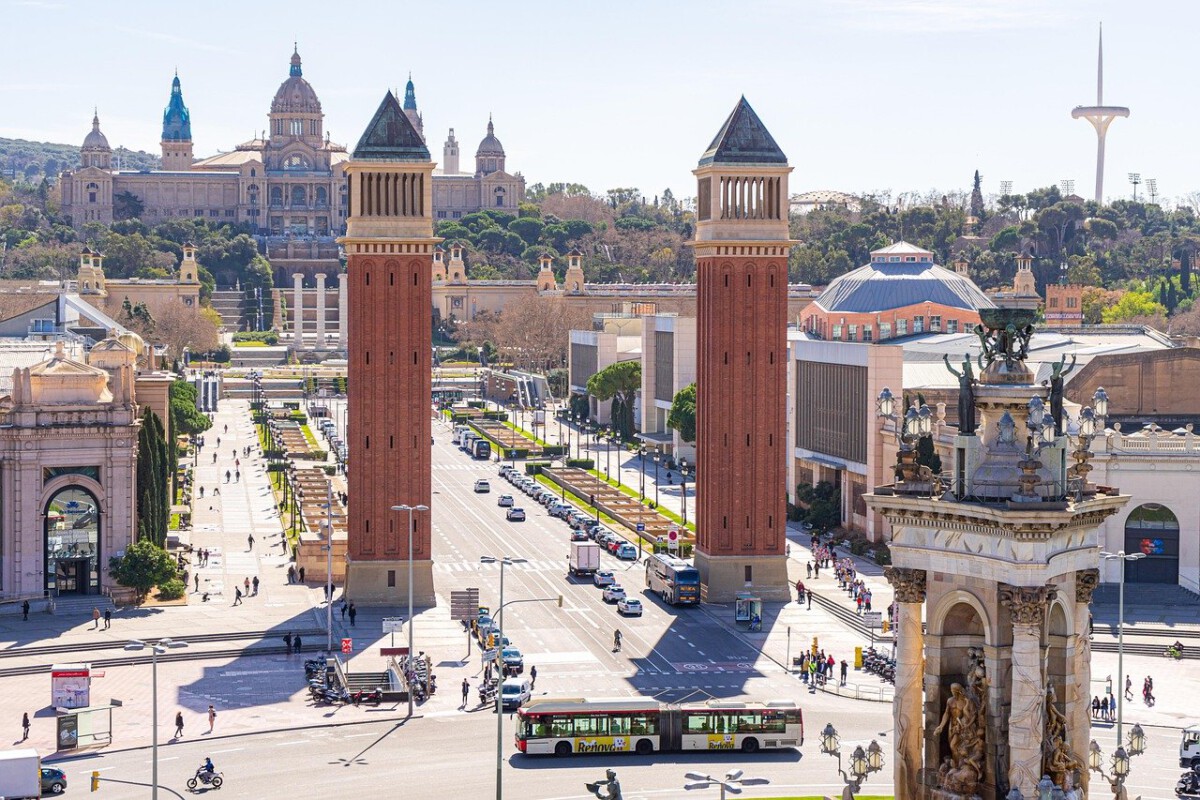The Immigrant Invention That Conquered Chinese Restaurants

Here’s something that’ll blow your mind: fortune cookies are often served as a dessert in Chinese restaurants in the United States, Canada, Australia, and other countries, but they are not Chinese in origin. The crispy treats that millions of Americans crack open after dumplings and lo mein actually have their roots in Japan, not China. Most people nowadays believe that fortune cookies were created by a Japanese man named Makoto Hagiwara in 1914 in San Francisco. Hagiwara owned what is now called the Golden Gate Park Japanese Tea Garden, where he served tea and fortune cookies. But the shift from Japanese to Chinese-American hands happened during World War II, when Japanese American internment during World War II, which forcibly put over 100,000 Japanese-Americans in internment camps, including those who had produced fortune cookies. Chinese manufacturers then picked up the production, forever changing how Americans would associate these cookies with their takeout meals.
Buffalo Wings: A Mother’s Midnight Inspiration
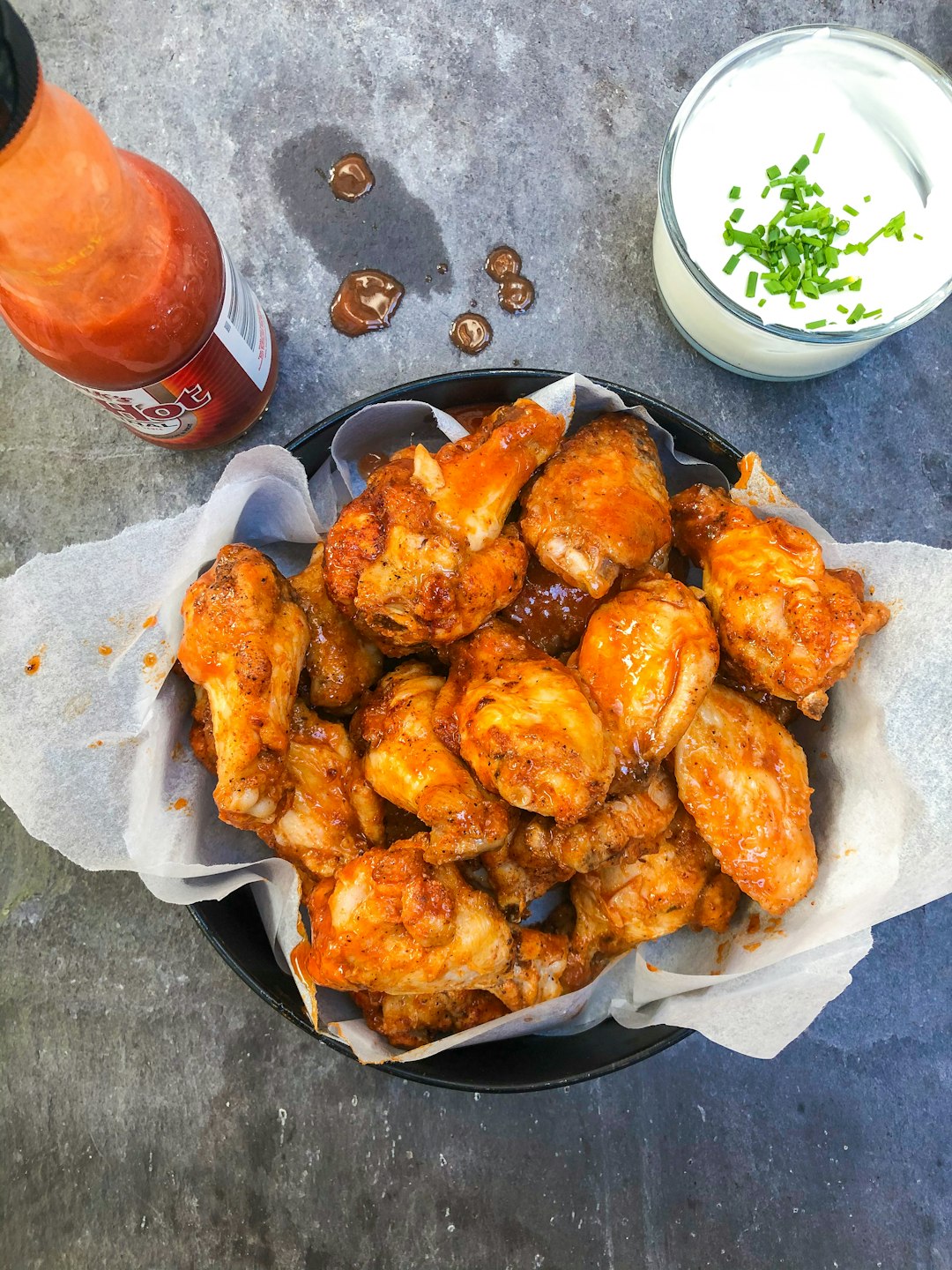
On March 4, 1964, Dominic Bellissimo was tending bar. Late that evening, a group of Bellissimo’s friends arrived at the bar. He asked his mother, Teressa, to prepare something for his friends to eat. What happened next would change bar food forever. With little food left, Teressa took some chicken wings, which were normally used for soups or thrown out, deep-fried them and flavored them using a mixture of butter, cayenne pepper and other ingredients on them. This moment at the Anchor Bar in Buffalo, New York, created what we now know as Buffalo wings. At the time, chicken wings were inexpensive and undesirable, and normally thrown away or reserved for stock or soup. Teressa’s creative solution to feed hungry late-night customers accidentally launched a billion-dollar industry that now produces around 3 billion wings annually worldwide.
The Reuben Sandwich’s Poker Game Origin
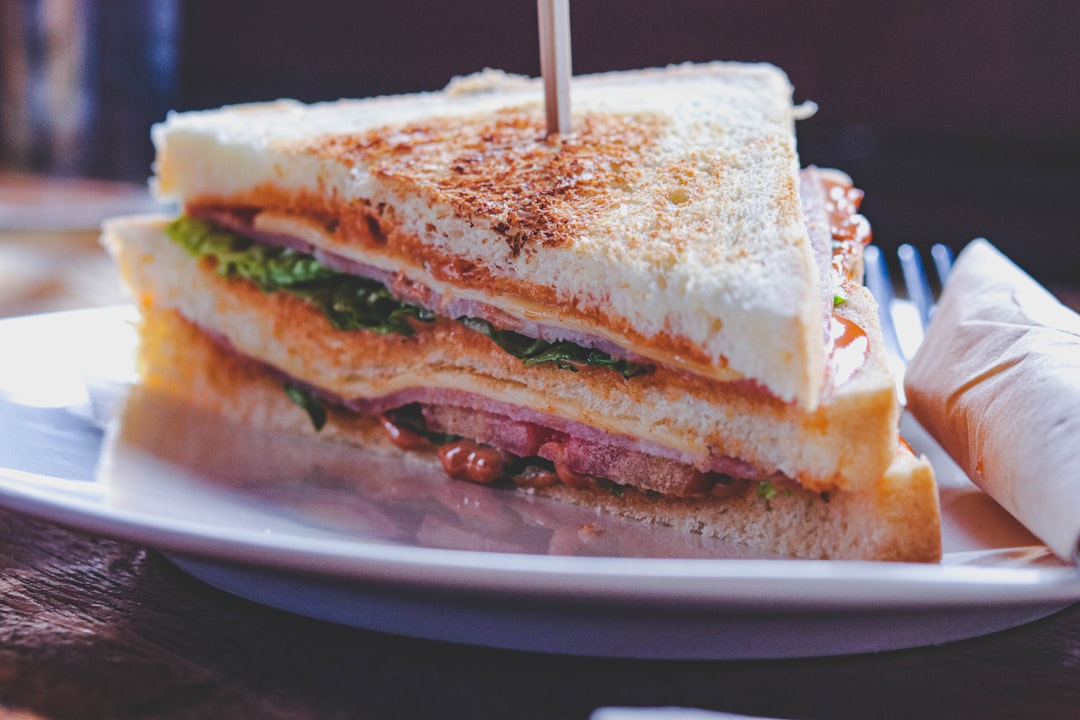
The Reuben sandwich has a backstory that sounds like something out of a movie. Indeed, the most likely birthplace of the Reuben was Omaha, Nebraska. In the 1920s, one Reuben Kulakofsky was enjoying a poker game at the Blackstone Hotel when the players became hungry. When he requested a snack be served, the hotel chef delivered a novel sandwich that became an instant hit. Think about it – a card game snack that became one of America’s most beloved deli sandwiches. The combination of corned beef, Swiss cheese, sauerkraut, and Russian dressing on rye bread was basically born from gambling hunger. Sometimes the best inventions happen when you least expect them, and this sandwich proves that the most casual moments can create culinary legends.
Waldorf Salad: High Society’s Accidental Creation
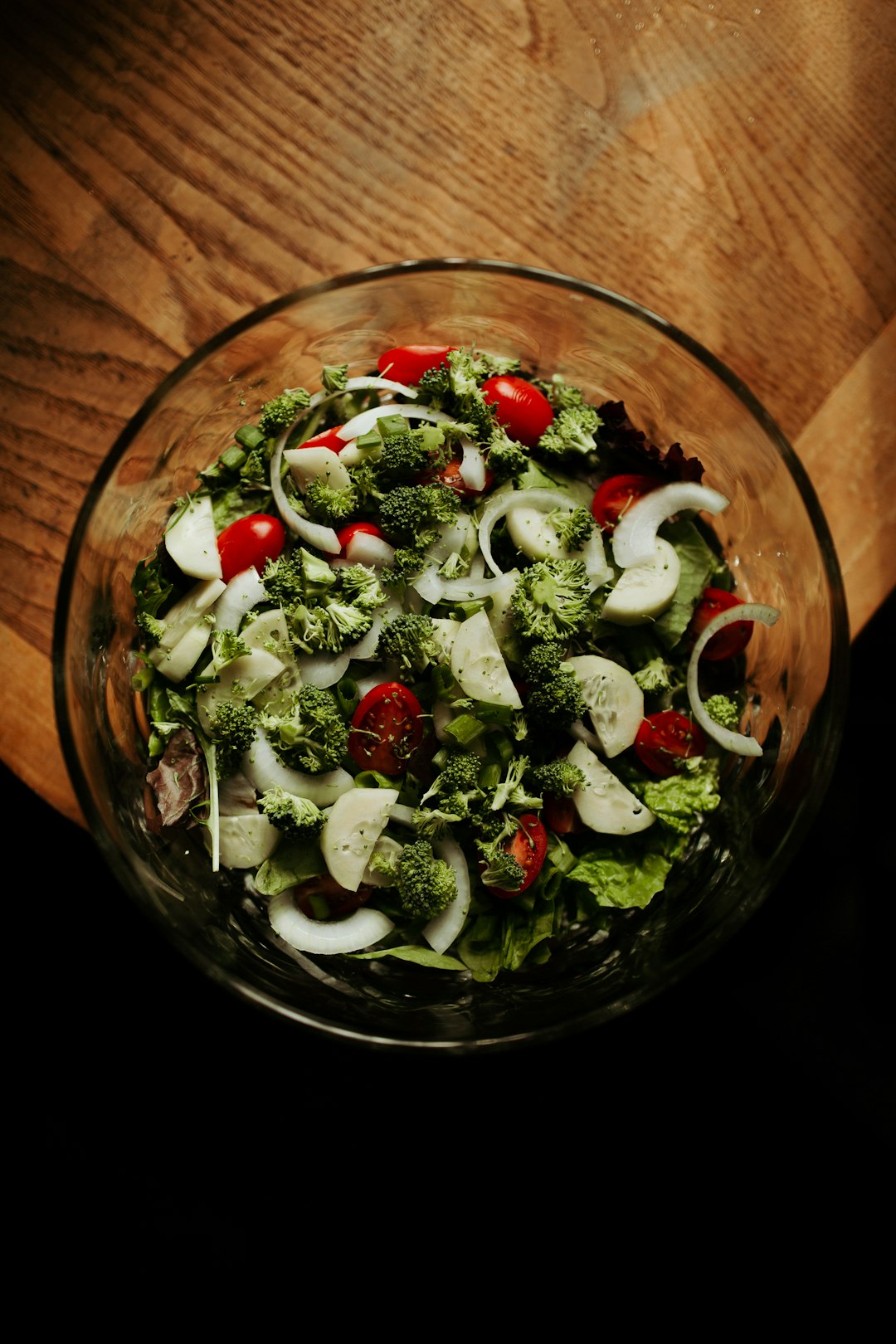
The Waldorf salad didn’t start as a simple side dish – it was born from New York high society drama. This legendary dish was developed at none other than the now famous, historical Waldorf Astoria Hotel, located in the heart of New York City. This hotel was an amalgamation of two distinct hotels that merged in 1897, the Waldorf Hotel, established by William Waldorf Astor, and the Astoria Hotel, owned by John Jacob Astor IV. The hotel’s dining room was managed by maître d’hotel Oscar Tschirky, who, as the story goes, developed the salad for a charity ball in 1893. Originally made with just apples, celery, and mayonnaise, the recipe for a Waldorf salad, which appeared in a cookbook published by Tschirky in 1896, has evolved over time to include ingredients like walnuts and grapes. This seemingly simple salad was actually created in one of America’s most exclusive venues, mixing luxury with simplicity in a way that still defines it today.
Baked Alaska: A French Dessert Goes American
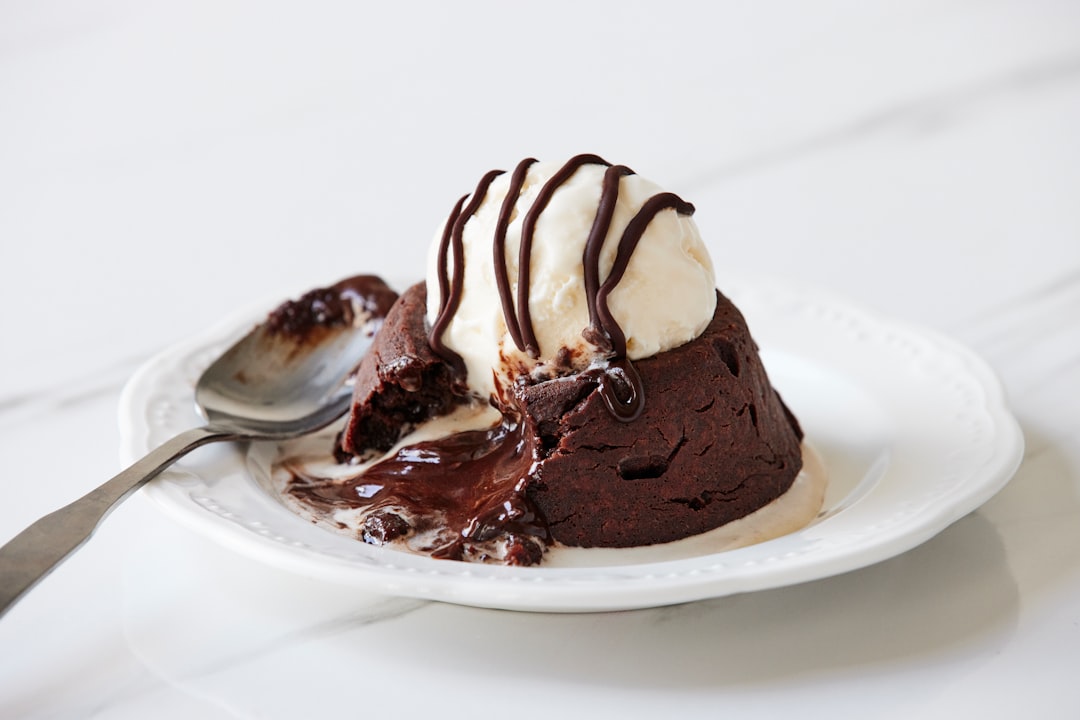
Baked Alaska sounds like something that shouldn’t work – hot meringue surrounding ice cream? But this impossible dessert has a fascinating American twist. While the precise origin of this dessert may be somewhat contested, it’s generally accepted that the legendary New York restaurant, Delmonico’s, is responsible for bringing it to the masses. Based on the French dessert “Omelette Norwegge,” this version, which initially contained a walnut spice cake, banana ice cream, and meringue, was born in 1867. It was created by then-chef Charles Ranhofer, who gave his creation the moniker “Alaska, Florida,” presumably an homage to its diametrically opposed inside and outside temperatures. The dish was originally quite labor-intensive, requiring the commitment of an army of chefs working for hours to create. The name itself tells the story – hot outside like Florida, cold inside like Alaska.
Brownies: A World’s Fair Emergency Solution
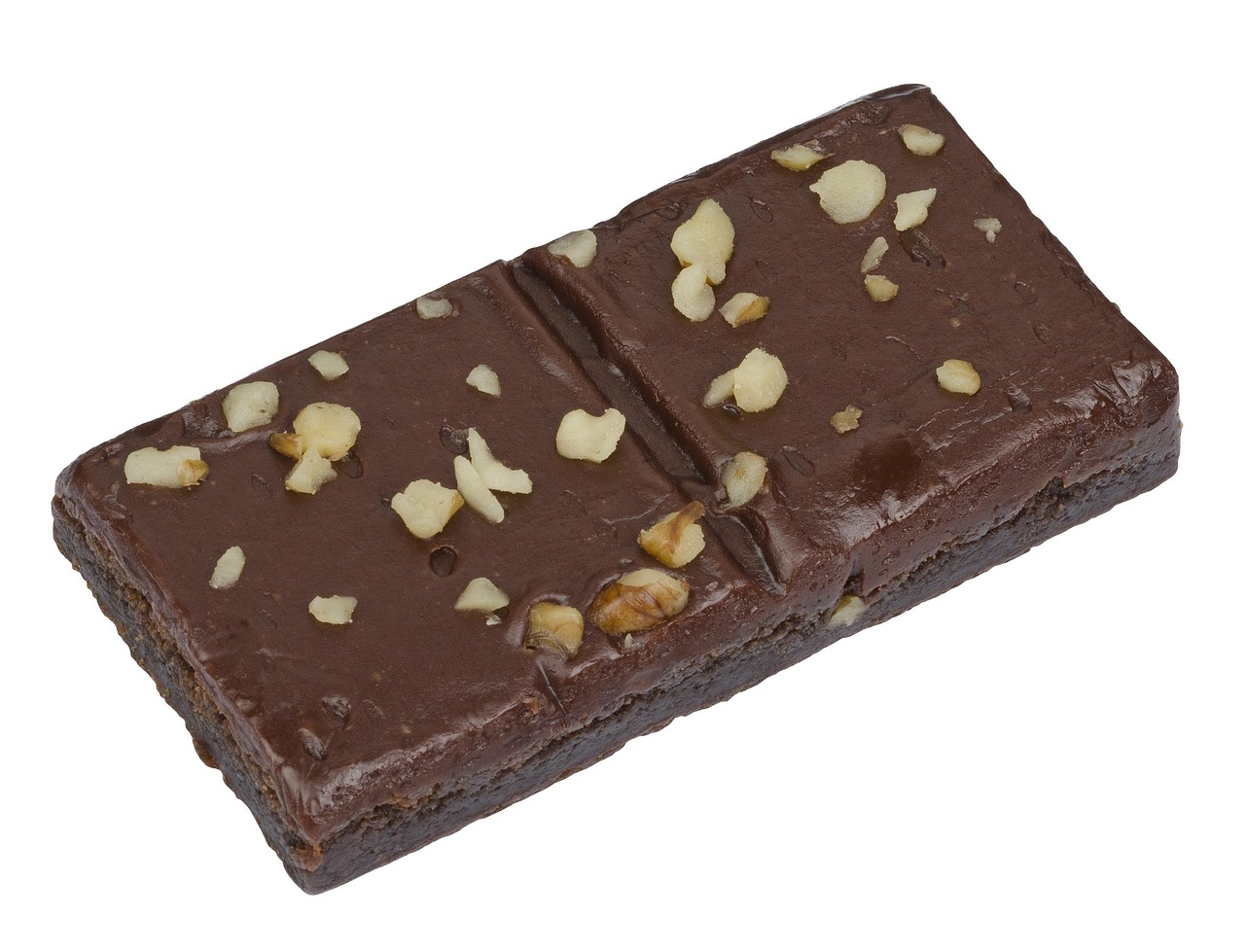
The brownie has one of the most charming origin stories in American dessert history. Bertha Palmer, Windy City philanthropist, wife of Palmer House Hotel owner Potter Palmer, and president of the Board of Lady Managers, found herself in the middle of a dessert dilemma in 1893. Headed to the World’s Fair Columbian Exposition in Chicago with her squad, she needed a portable pastry that would please the ladies who were going to boxed lunch with her there. She asked the hotel’s pastry chef for help, and he cracked the confection code with a cake-like square with walnuts and apricot glaze. The term brownie came later; the first-known printed use of the word was in the 1896’s Boston Cooking-School Cook Book by Fannie Farmer. What started as a practical solution for wealthy women attending a fair became America’s most beloved chocolate square. Now a Hilton, the Palmer House bakes up batches using the original recipe for its restaurants and offers a History Is Hott tour with the resident historian that ends with a chocolate chunk fresh from the oven.
The Hamburger’s Immigrant Lunch Wagon Legacy
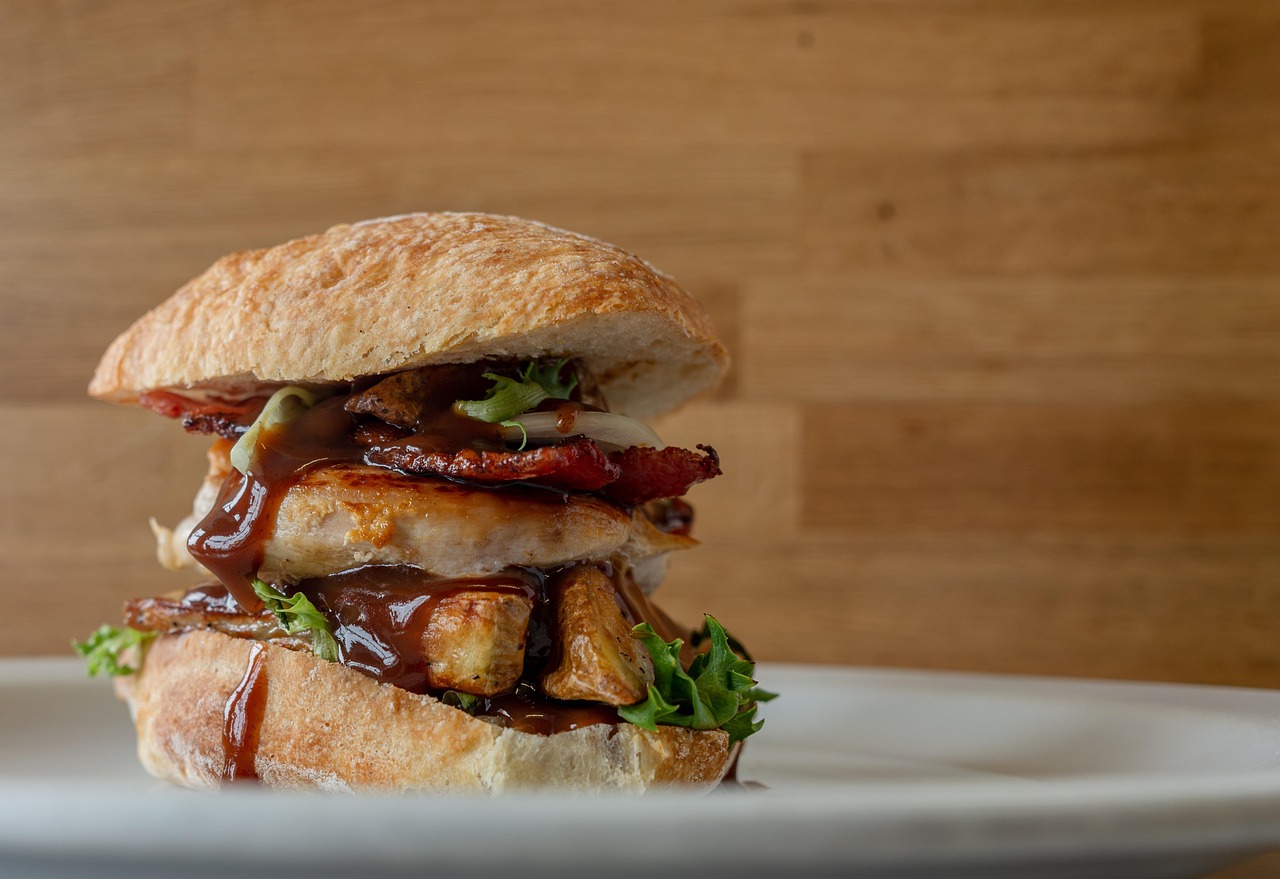
The hamburger’s origin story reads like an American dream tale. Louis Lassen, an immigrant from Denmark, opened a lunch wagon in his New Haven backyard in 1895. According to legend—one recognized by the Library of Congress—the burger was born when a local businessman came to Louis’ Lunch five years later in need of a fast takeout option. Lassen grilled a hand-rolled patty made from his proprietary blend of five cuts of hand-ground steak trimmings and placed it between two slices of toast. The restaurant, run by the fifth generation of Lassens, still cooks burgers on the original cast-iron grills and serves them on white bread. Hamburger buns supposedly came along in 1916 courtesy of White Castle founder Walter Anderson. It’s amazing how a Danish immigrant’s quick solution for a busy customer became the foundation of fast food culture.
Ranch Dressing: The Dude Ranch Discovery
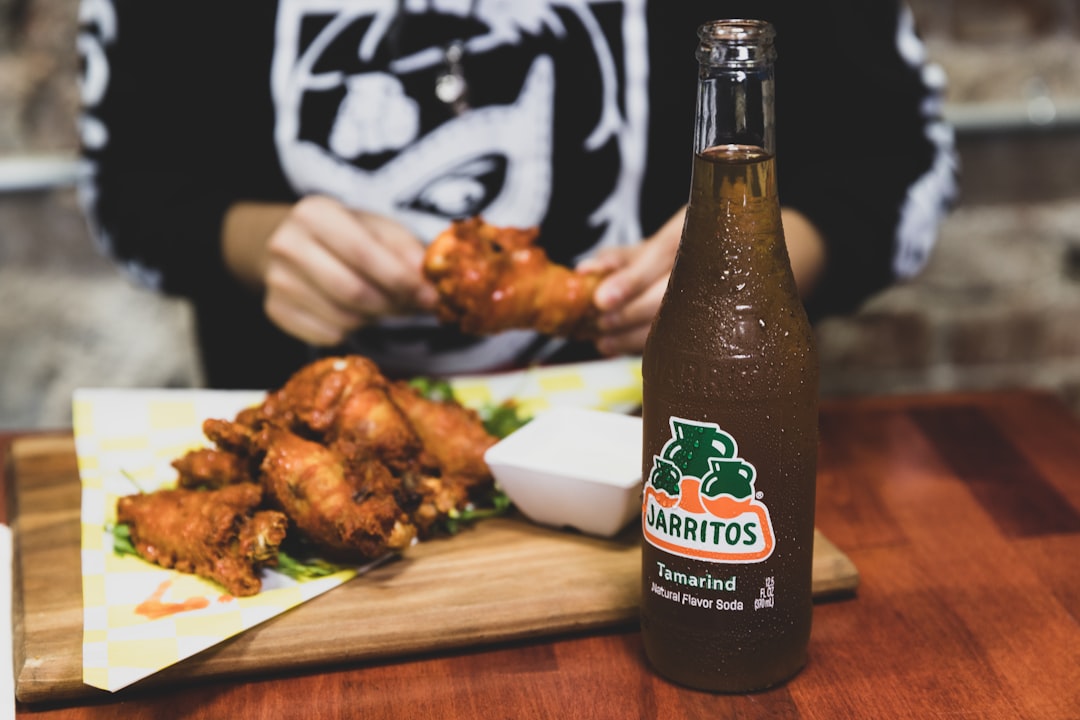
Ranch dressing has become so ubiquitous in American dining that it’s hard to imagine it having a specific birthplace, but it does. If you’re American, particularly Midwestern, you know that ranch dressing is more than a condiment—it’s a necessity. The delicious dressing was made on a dude ranch in California in 1954. What started as a local specialty at a working ranch became the most popular salad dressing in America. The creamy, tangy flavor that now drowns everything from salads to pizza to vegetables was basically created by accident in rural California. It’s funny how something so deeply American – ranch dressing on everything – came from such a specific, almost forgotten place. The transformation from dude ranch specialty to supermarket staple shows how American food culture can take regional discoveries and make them national obsessions.
Pecan Pie: The All-American Southern Sweet
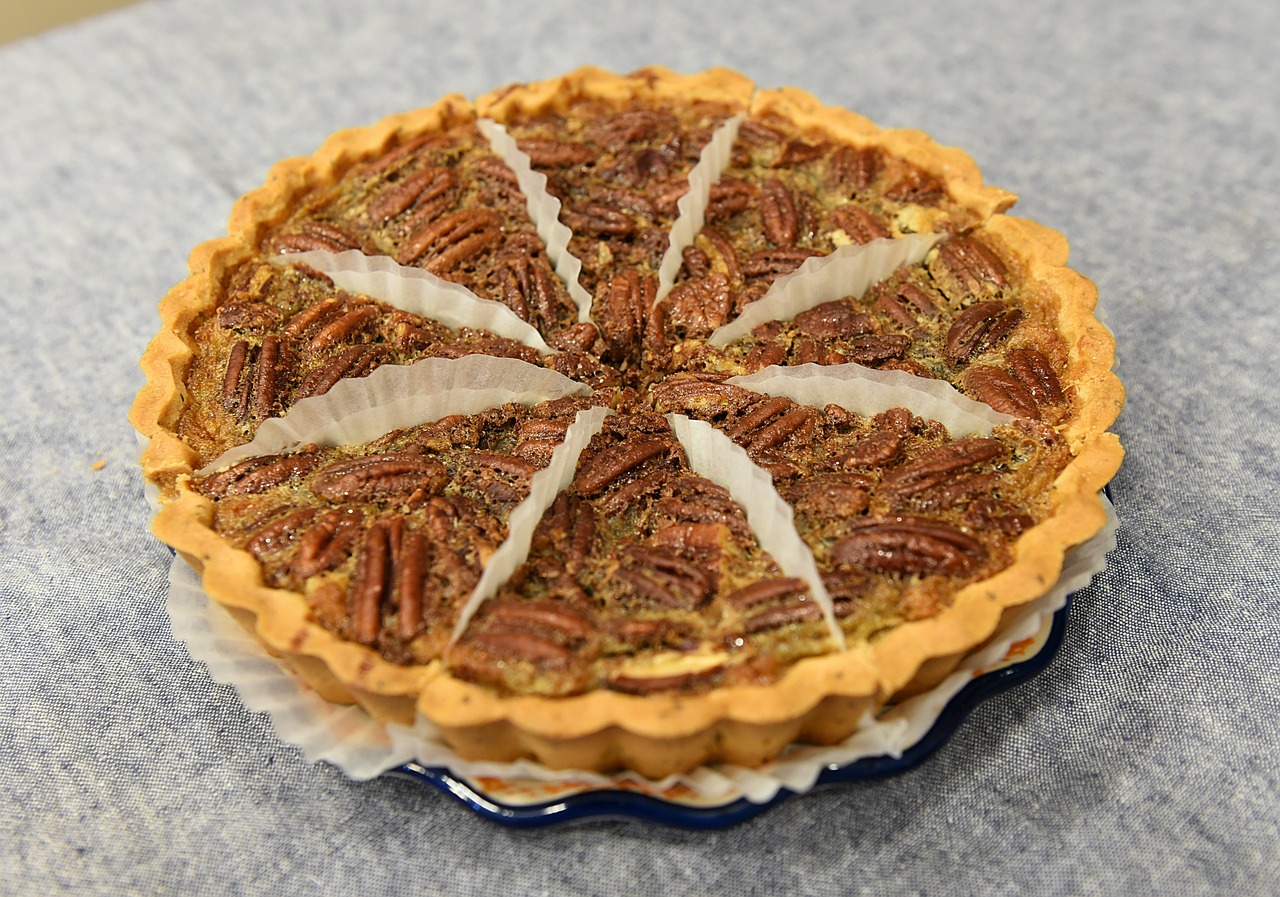
Unlike many American foods that have immigrant origins, pecan pie is genuinely homegrown. Pecans, and pecan pie, are native to North America. There are claims that the pie started in New Orleans and Alabama—but the fact remains, the tasty dessert is all ours. This is one of the few desserts that can truly claim to be 100% American, using ingredients that were already here before European colonization. The rich, syrupy filling combined with native pecans creates something that’s become synonymous with Southern hospitality and American comfort food. When you think about how many American foods actually originated elsewhere, pecan pie stands out as authentically homegrown. It represents the marriage of indigenous ingredients with colonial baking techniques, creating something entirely new and distinctly American.
Deep Dish Pizza: Chicago’s Thick Revolution
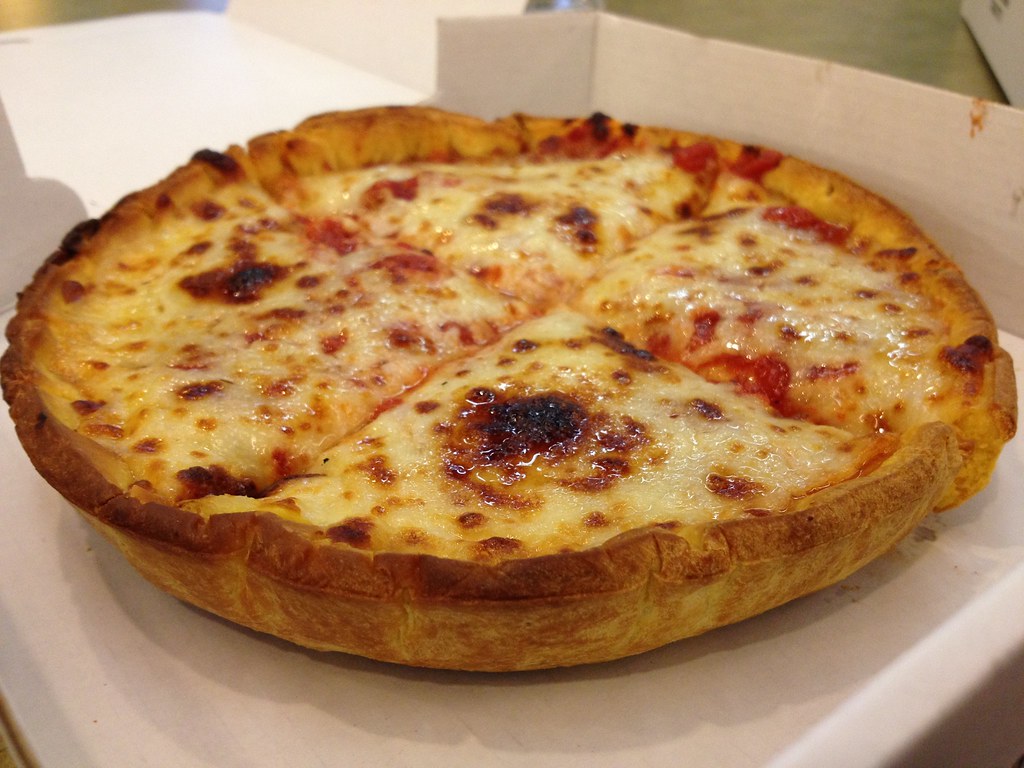
Deep dish pizza is Chicago’s answer to the question nobody asked: what if pizza was more like a casserole? Though the restaurant of origin is often contested, Chicago-style deep-dish pizza was first introduced in the Windy City. This isn’t just pizza – it’s a completely different approach to what pizza could be. Instead of thin crust, Chicago decided to create a thick, buttery crust that could hold massive amounts of cheese, sauce, and toppings. The result is something that takes 45 minutes to cook and requires a fork and knife to eat properly. It’s so different from traditional pizza that it sparked debates about whether it even counts as pizza at all. But that’s exactly what makes it so American – taking something established and completely reimagining it into something bigger and more indulgent.
Corn Dogs: State Fair Stick Innovation
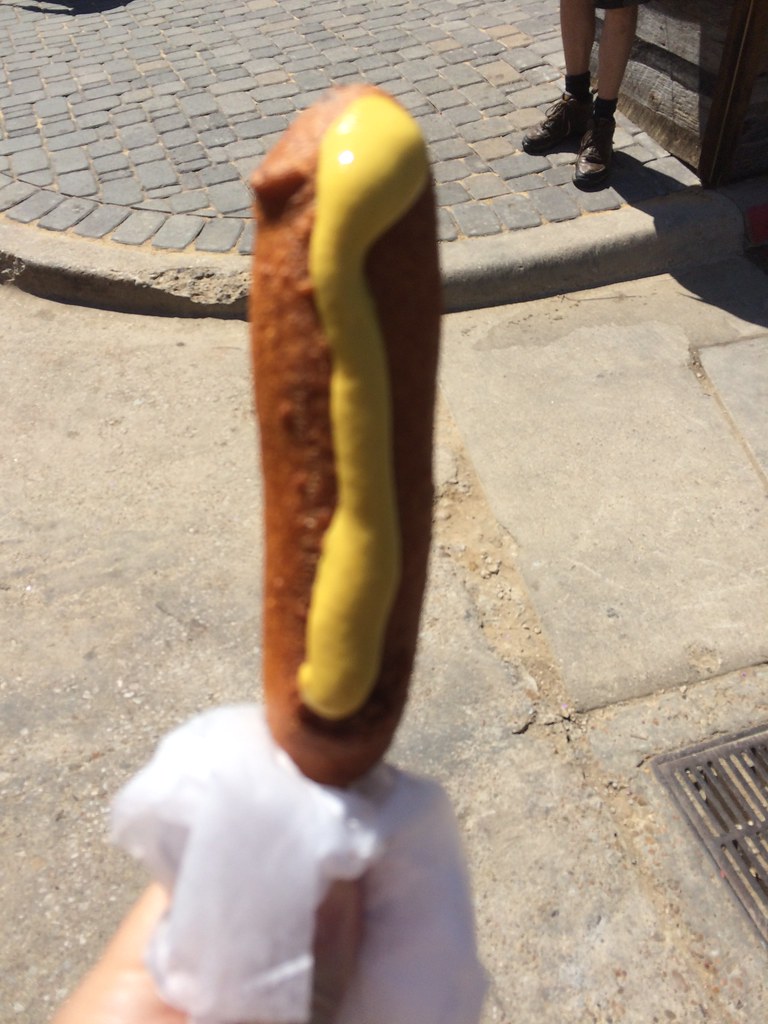
The corn dog represents American ingenuity at its finest – taking a hot dog and making it portable and fun. The origin of this battered hot dog on a stick is debatable. Some say it was invented in Springfield, Ill., some say the Texas State Fair and some say the Minnesota State Fair. What’s not debatable is that it perfectly captures the American spirit of making food more convenient and carnival-ready. The idea of coating a hot dog in cornmeal batter and deep-frying it on a stick is so wonderfully absurd that it could only have been born at a state fair. It’s the kind of food that makes sense when you’re walking around with one hand full of cotton candy and the other holding a prize you won at the ring toss. The corn dog isn’t just food – it’s entertainment you can eat.
Caesar Salad: The Border Town Creation
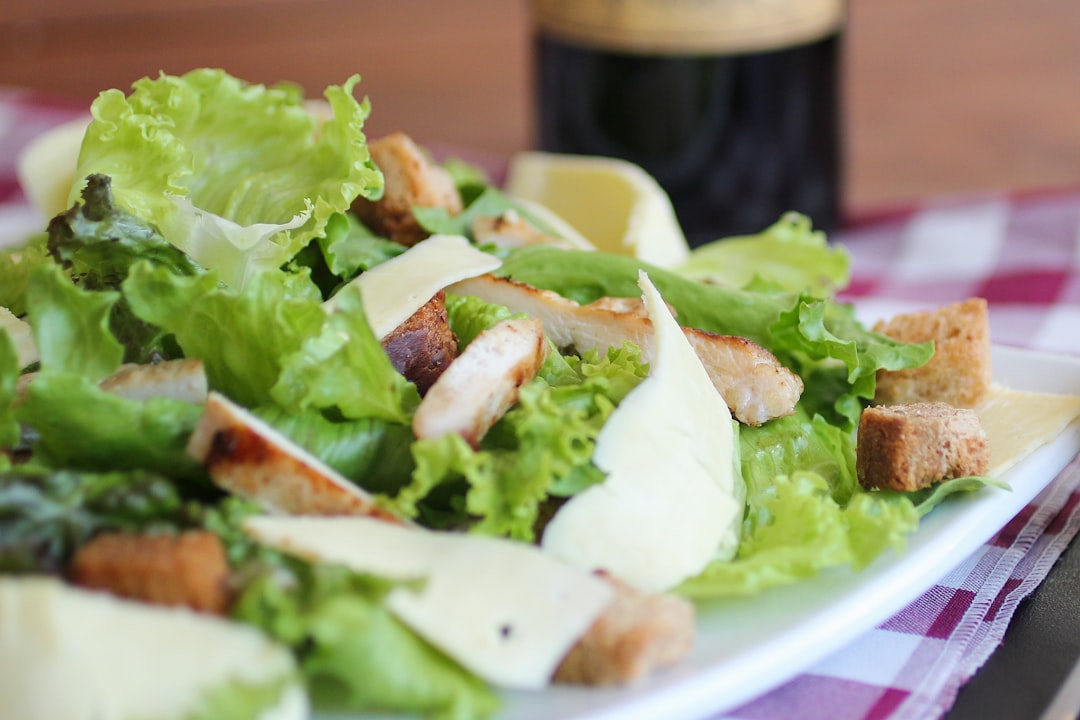
Caesar salad’s origin story involves international borders, prohibition, and a chef’s desperate improvisation. Some claim it was his brother Alessandro who invented it while others say he was only responsible for adding anchovies. Another theory: Italian immigrant/employee Livio Santini based it on his mama’s recipe, but Cardini took credit for the instant hit. The salad was created in Tijuana, Mexico, at Caesar Cardini’s restaurant during the 1920s, when Americans would cross the border for alcohol during Prohibition. Either way, fans can savor the original salad in its birthplace as a renovated Caesar’s reopened in 2010. It’s ironic that one of America’s most popular salads was actually invented in Mexico by an Italian immigrant for American customers who were breaking American law. The Caesar salad represents the messy, international reality of how “American” foods actually get created.
Graham Bread: The Moral Reform Movement’s Food
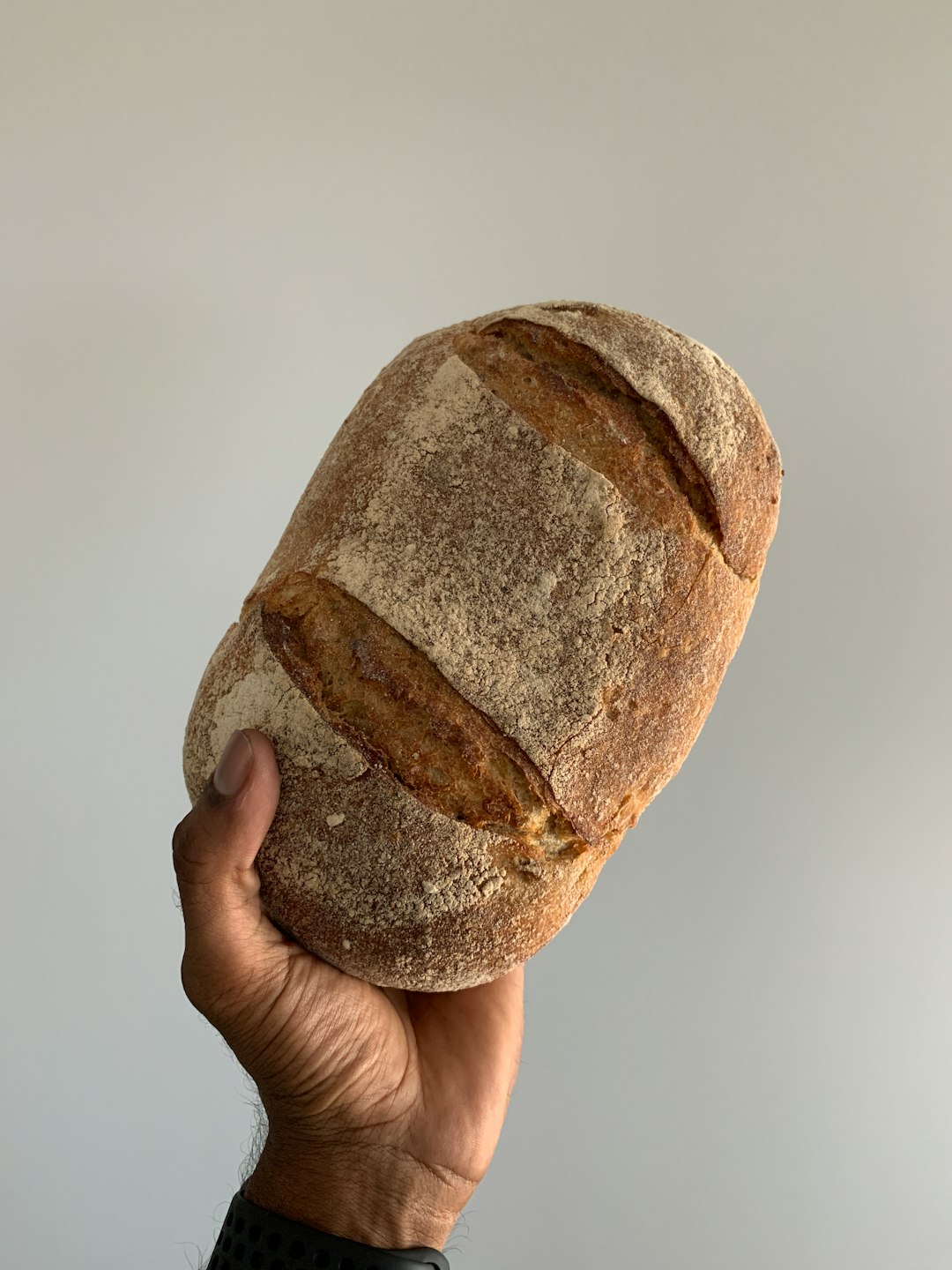
Graham Bread, the food I use to narrate the early 19th century. I had heard of the bread’s namesake, Sylvester Graham. In writing about him and Graham bread, though, I came to have a much deeper appreciation for what he had been doing, and for how food fit into the broader moral reform movement of the early 19th century. This was a period when many Americans were unhappy with the direction that the still relatively new nation was taking, and began to push for political and religious reforms, such as abolition, women’s suffrage, religious revival, and temperance. But right in there, tied up with all of these more well-known reforms, was Graham’s dietary reform. He argued that abstaining from alcohol, meat, and refined white bread (in favor of Graham bread, made from unbolted whole wheat flour) would improve not only one’s physical health, but also moral health. The graham cracker we know today is a sweet descendant of what was originally a serious moral statement about American society and health.
Did you expect that your favorite foods had such wild backstories? From Japanese immigrants creating fortune cookies to a mother’s midnight snack invention launching the buffalo wing empire, American cuisine is really just a collection of beautiful accidents, desperate improvisations, and immigrant ingenuity. These foods didn’t become “American” because they were planned that way – they became American because they solved problems, filled needs, and tasted incredible enough to spread like wildfire across a hungry nation.



